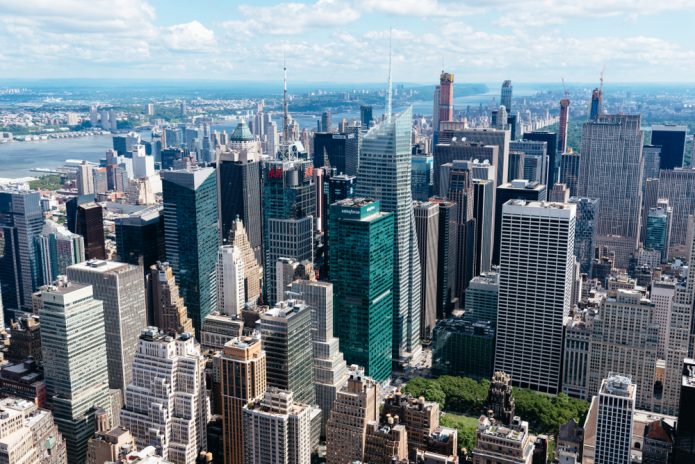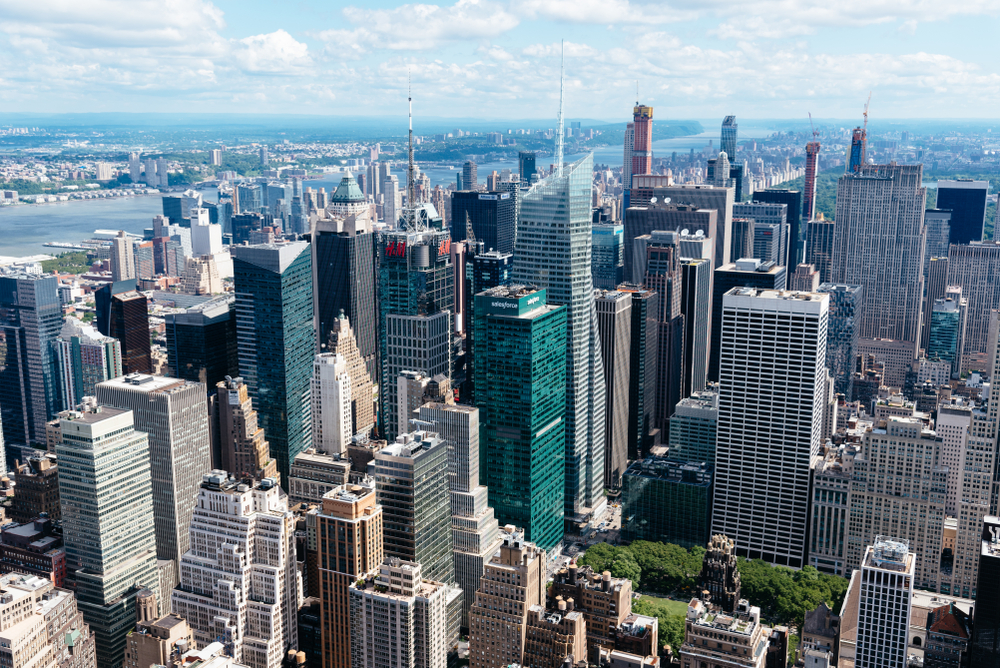
Shutterstock
All politics, the old political saw goes, is local. By the same token, all economics may be local, too. We don’t experience our economy as a national or a global phenomenon. We experience our economic life in much more localized spheres.
Researchers at the Economic Policy Institute, a Washington, D.C.-based progressive think tank, have understood this reality for decades now. They’ve supplemented their nationally focused work with a series of landmark collaborations that explore how our unequal economic order is playing out at the subnational level.
The latest collaboration in this series — EPI’s most comprehensive installment yet — has just appeared. This new study, The New Gilded Age: Income Inequality in the U.S. by State, Metropolitan Area, and County, essentially combines two schools of progressive economic thought, the work of American economists who’ve been involved with EPI over the years and the work of international scholars connected with the influential French economist Thomas Piketty.
This combination has produced a rich volume of insight into the social geography of America’s rich and their relationship to the rest of us. Previous EPI looks at subnational levels of inequality compared average incomes of America’s most affluent 5 percent with incomes in our poorest 20 percent. The New Gilded Age drills down from this merely affluent 5 percent to the simply rich of the top 1 percent.
The New Gilded Age finds — no surprise — that income inequality in the United States “has risen in every state since the 1970s.” The surprise comes from the numbers that cover 2015, the most recent year with full stats available. Despite all the focus we’ve seen of late on income inequality, the gap between our most financially fortunate few and everybody else is growing even wider.
Nationally, note the new EPI study authors Estelle Sommeiller and Mark Price, the top 1 percent of families pulled down 25.3 times as much income as the bottom 99 percent in 2013. In 2015, top 1 percenters grabbed 26.3 times as much.
In our three most unequal states — New York, Florida, and Connecticut — that gap averaged over 35 times. Some 17 U.S. metro areas also saw gaps wider than 35 times. In one, the super-rich playground of Jackson that straddles parts of Wyoming and Idaho, the top 1 percent spent 2015 pulling down 132 times more income than the average for the entire rest of the area’s population.
Jackson’s total population, to be sure, remains relatively tiny. That statistical fact may make the new EPI report’s finding on New York more significantly alarming. In Manhattan, the top 1 percent pocketed over half of the borough’s total income in 2015, an incredible 53.3 percent. That share gave these wealthy souls 113 times more income on average than the rest of Manhattan.
As a state, New York sports the nation’s widest income gap, with its top 1 percent realizing 44.4 times more income than its bottom 99 percent. In Alaska, by contrast, that gap only runs 12.7 times.
In Alaska, a person of means needed only earn $400,017 in 2015 to make the top 1 percent. In New York, that entry point sat at $550,174. In Connecticut, home to America’s top assemblage of hedge fund fortunes, only an income over $700,800 buys a ticket into the top 1 percent.
But Connecticut ranks too small nationally to move the needle much on top 1 percent income share. California alone, by contrast, accounts for 17.44 percent of all the income America’s top 1 percenters gobbled down in 2015. The five states with the most imposing 1 percent presence — California, New York, Texas, Florida, and Illinois — together accounted for over half of America’s 2015 top 1 percent income.
Why do any of these numbers matter? Back in 2015, Barack Obama sat in the White House. Last week, in an address delivered in Johannesburg to honor the legacy of Nelson Mandela, Obama directly addressed why we need to care so deeply about our increasingly top-heavy world.
“History shows that societies which tolerate vast differences in wealth feed resentments and reduce solidarity,” the former president noted. “And when economic power is concentrated in the hands of the few, history also shows that political power is sure to follow — and that dynamic eats away at democracy.”
“Folks who are that wealthy,” Obama added, “get what they want.”
What we want, the new EPI research helps us feel rather intensely, ought to be cities, counties, and states with far, far smaller gaps between those of mega means and everyone else.
